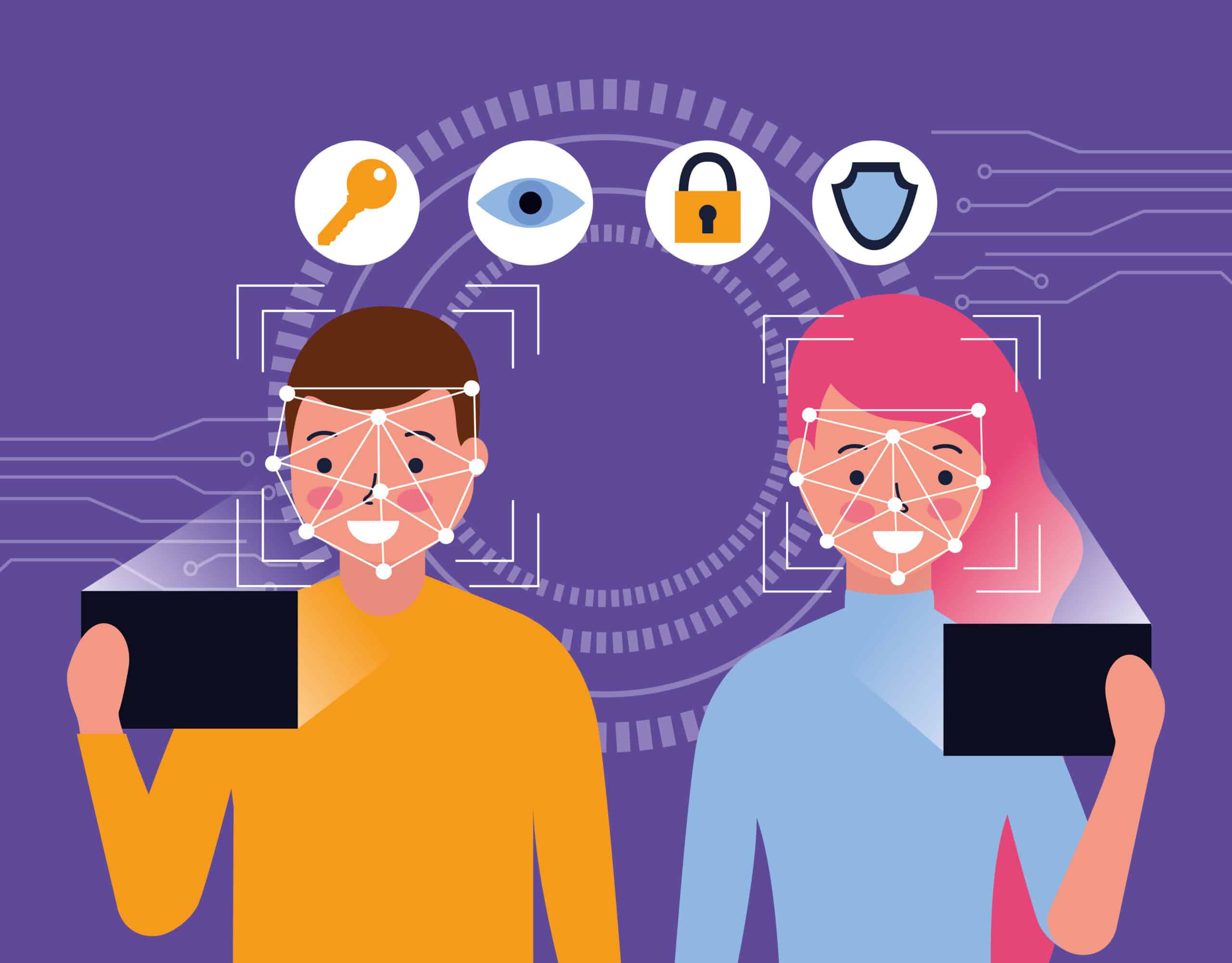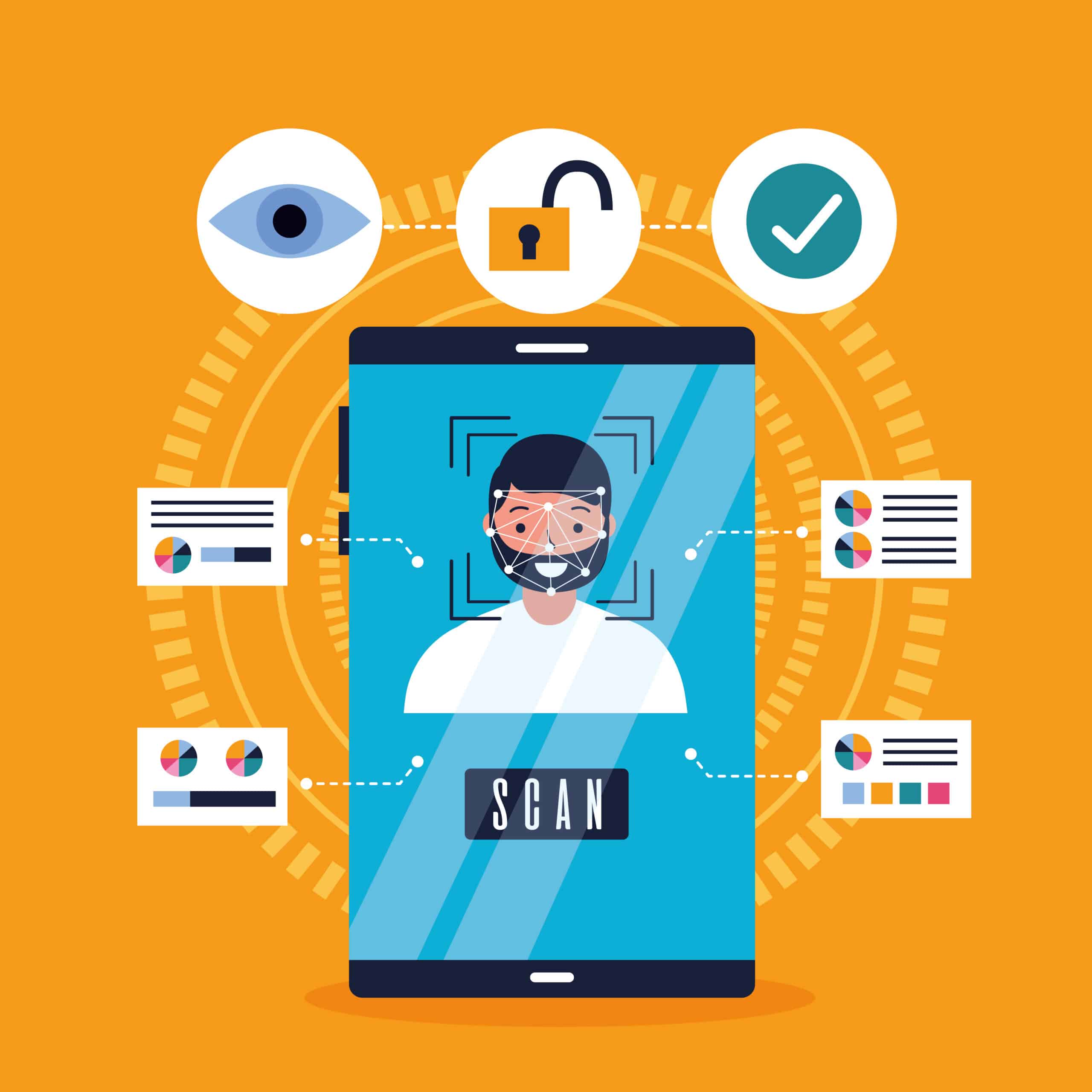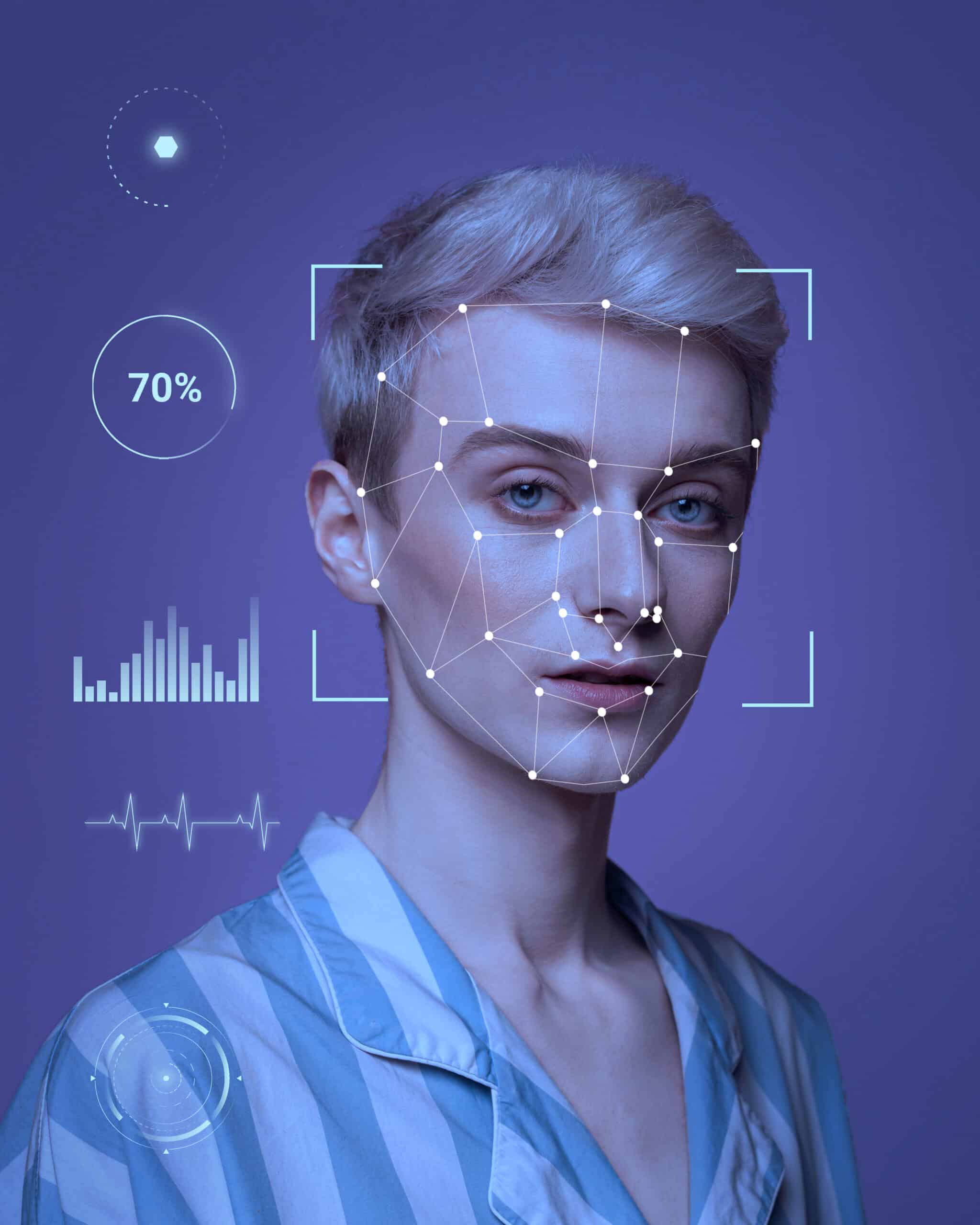Efficient Facial Recognition Identity Solutions for Streamlining Authentication
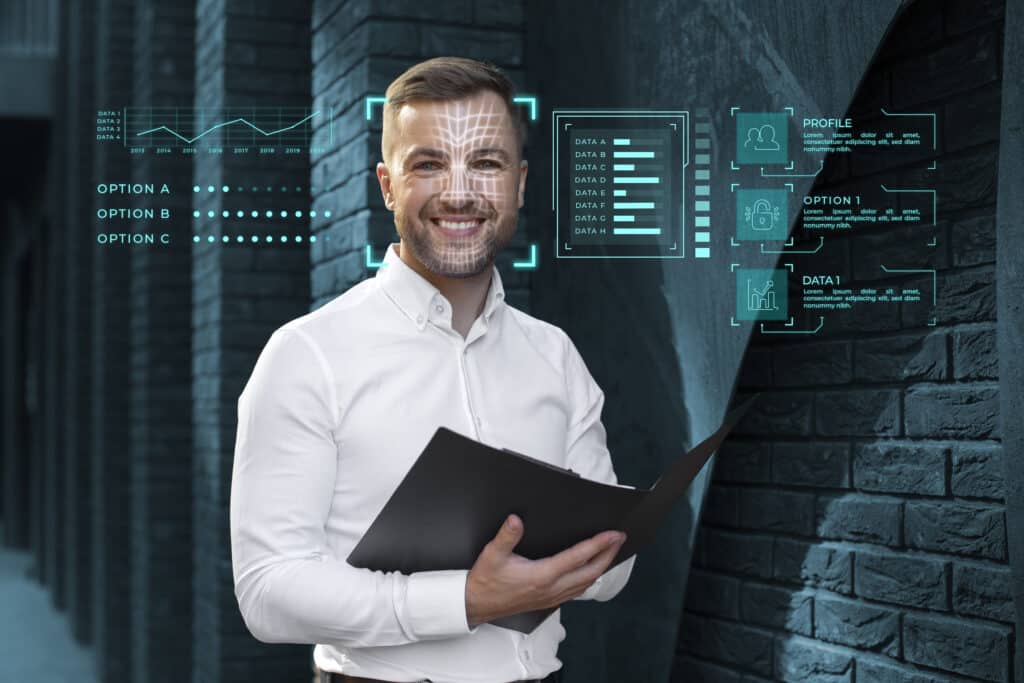
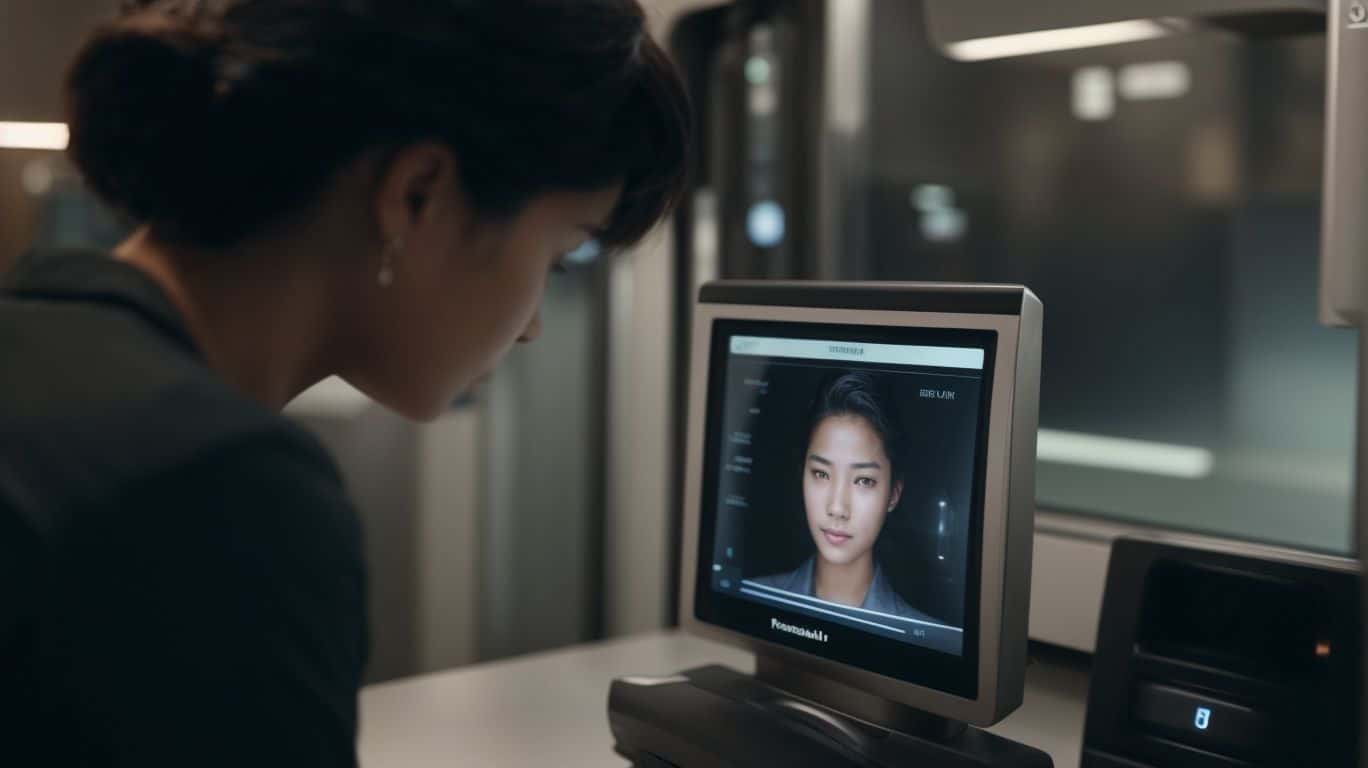
Facial recognition identity solutions is revolutionizing the way we verify identities and authenticate individuals.
There are numerous benefits to utilizing facial recognition identity verification solutions, from enhanced security to improved user experience.
While these advancements bring potential risks and concerns such as privacy issues and biases, we will explore how facial recognition identity verification works, its importance, benefits, implementation methods, and the industries that can benefit from this cutting-edge technology.
Let’s uncover the potential of facial recognition identity verification solutions.
What is Facial Recognition Identity Verification?
Facial Recognition Identity Verification is a cutting-edge technology solution that utilizes facial biometrics to verify a person’s identity securely.
This innovative method uses unique facial features such as the distance between the eyes, nose, and mouth, to create a digital map of an individual’s face. Also, by analyzing these characteristics, facial recognition technology can accurately match a person’s identity against stored data for verification purposes.
One of the significant advantages of this advanced solution is its efficiency and speed in confirming identities, reducing the risk of human error and potential fraudulent activities. Additionally, its integration into security systems enhances overall safety measures, making it a crucial component in modern identity verification services.
How Does Facial Recognition Identity Verification Work?
Facial Recognition Identity Verification operates by analyzing unique facial features using advanced biometric technology to confirm an individual’s identity.
This cutting-edge technology compares the facial features captured in real-time with pre-existing data stored in secure databases, enabling a swift and accurate verification process. Also, by studying elements like the distance between eyes, nose shape, and jawline contours, the system creates a unique facial recognition template for each individual.
In crucial scenarios, such as security checkpoints or digital transactions, this technology plays a pivotal role in enhancing security measures and preventing unauthorized access. Additionally, the evolution of facial recognition technology continues to revolutionize the identification process, offering a more convenient and secure alternative to traditional methods.
Why is Facial Recognition Identity Verification Important?
Facial Recognition Identity Verification holds paramount importance in enhancing security measures, improving user authentication, and providing robust identity verification solutions with a focus on data protection.
- By utilizing advanced biometric technology, facial recognition helps to establish a secure and reliable authentication process by accurately identifying individuals based on unique facial features. This not only enhances security measures but also offers a seamless user experience, reducing the risk of unauthorized access and fraudulent activities.
- The emphasis on data protection ensures that personal information is safeguarded, addressing concerns regarding privacy and complying with regulations governing the secure handling of sensitive data.
Enhanced Security
Enhanced security is one of the key advantages of implementing Facial Recognition Identity Verification systems, as they utilize advanced technology to strengthen access control and cybersecurity measures through secure authentication methods.
This technology offers a more robust and accurate way to verify identities, reducing the risk of unauthorized access to sensitive information. Facial Recognition Identity Verification can be seamlessly integrated into existing security systems, enhancing overall protection. In the realm of cybersecurity, the use of facial recognition adds an additional layer of security, making it harder for malicious actors to bypass authentication measures. It not only provides security enhancements but also improves user experience by offering a convenient, touchless authentication process.
Improved User Experience
Facial Recognition Identity Verification not only enhances security but also contributes to an improved user experience by providing efficient authentication systems that simplify user authentication and personal identification processes.
The use of facial recognition technology in identity verification processes eliminates the need for complex password setups or physical tokens, making it more convenient for users to access their accounts securely. By simply scanning their face, users can swiftly and securely verify their identity, reducing the risk of unauthorized access and ensuring a seamless experience. This streamlined approach not only enhances security measures but also saves users time and effort typically spent on recalling passwords or going through lengthy verification processes.
What are the Benefits of Facial Recognition Identity Verification?
Facial Recognition Identity Verification offers a myriad of benefits, including streamlined identity management, robust multi-factor authentication, and effective fraud prevention mechanisms.
By utilizing facial recognition technology, businesses can enhance security measures by accurately verifying an individual’s identity through unique facial features, reducing the risk of unauthorized access. This advanced authentication method not only improves user experience by offering a seamless login process but also significantly decreases the chances of fraudulent activities such as identity theft, impersonation, and account takeover. In addition, the real-time detection and analysis capabilities of facial recognition systems enable organizations to swiftly identify suspicious behavior, enhancing overall security measures and safeguarding sensitive information.
Faster and More Accurate Identity Verification
One of the primary benefits of Facial Recognition Identity Verification is its capability to provide faster and more accurate identity verification using advanced tools that enhance security measures and mitigate identity theft risks through precise facial matching techniques.
This innovative technology enables seamless verification processes, eliminating the need for manual checks and reducing the time required for authentication. By harnessing facial recognition algorithms, organizations can verify identities with increased precision, ensuring that access is granted only to authorized individuals.
The use of facial recognition for identity verification offers a more convenient and user-friendly experience, as individuals no longer need to memorize multiple passwords or carry physical identification documents. These tools play a crucial role in safeguarding sensitive information and preventing unauthorized access to digital platforms.
Increased Efficiency and Cost Savings
The implementation of Facial Recognition Identity Verification leads to increased operational efficiency and cost savings by creating digital identities, prioritizing user privacy, and streamlining identity authentication processes.
By utilizing facial recognition technology, organizations can significantly reduce manual efforts required for verifying user identities, leading to streamlined operations and faster customer interactions. Digital identities established through facial recognition are not only secure but also convenient for users, who no longer need to remember multiple passwords or undergo cumbersome verification processes.
The emphasis on user privacy in this verification method ensures that personal data remains protected, fostering trust between companies and their customers. The seamless integration of facial recognition technology into identity verification processes enables businesses to enhance security measures while delivering a user-friendly experience.
Improved Fraud Detection
Facial Recognition Identity Verification systems play a crucial role in improving fraud detection capabilities by leveraging biometric data for thorough identity verification processes that significantly reduce the risks of identity theft.
This technology offers a highly secure and efficient way to verify an individual’s identity by analyzing unique facial features. By comparing the provided facial data with existing records, organizations can ensure a higher level of accuracy in identifying potential fraudsters. The utilization of facial recognition technology adds an extra layer of security to traditional identification methods, making it harder for cybercriminals to impersonate others or gain unauthorized access. The integration of facial recognition in identity verification processes strengthens security measures and helps in combating various forms of fraudulent activities.
What are the Potential Risks and Concerns with Facial Recognition Identity Verification?
While Facial Recognition Identity Verification offers substantial benefits, it also raises concerns regarding privacy implications, potential biases, inaccuracies, and the need for stringent data protection measures.
Privacy concerns surrounding facial recognition technology stem from the collection and storage of sensitive biometric data without individuals’ explicit consent. The risk of misuse or unauthorized access to this data poses serious threats to personal privacy and security.
Biases inherent in facial recognition algorithms can lead to discriminatory outcomes, especially for underrepresented groups. Inaccuracies in identification can result in false positives or negatives, potentially causing harm or inconvenience to individuals.
Therefore, ensuring robust data protection protocols is essential to mitigate these risks and safeguard individuals’ rights.
Privacy Concerns
Privacy concerns are a significant consideration in the deployment of Facial Recognition Identity Verification systems, emphasizing the importance of providing secure access while safeguarding user privacy through advanced identity verification solutions.
Facial Recognition Identity Verification technologies have the capability to revolutionize security protocols and enhance user experiences, but they also raise pressing questions about privacy protection.
By leveraging advanced algorithms and encryption methods, organizations can ensure that sensitive facial data is securely stored and accessed. Implementing strict access controls and monitoring mechanisms is crucial to prevent unauthorized use or breaches of privacy.
Transparent communication about data handling practices and obtaining user consent are pivotal steps in maintaining trust and respecting individual privacy rights. Technology must always be balanced with ethical considerations, ensuring that security measures do not compromise user privacy.
Biases and Inaccuracies
Biases and inaccuracies present challenges in Facial Recognition Identity Verification systems due to variations in facial features, identification errors, and limitations in identity verification services that may impact the overall reliability of the process.
The influence of facial features such as lighting conditions, facial expressions, and angles can significantly affect the accuracy of facial recognition technology. These variations in facial characteristics can lead to misidentifications and false positives, posing a risk to privacy and security. Challenges in facial identification arise from factors like aging, changes in appearance, and the use of accessories, making it difficult for systems to consistently match identities. Awareness of these limitations is crucial in developing more robust and unbiased identity verification services.
How Can Facial Recognition Identity Verification be Implemented?
Facial Recognition Identity Verification can be implemented through various methods, including in-person verification, remote verification, or a combination of both to cater to diverse identification scenarios.
In the context of in-person verification, individuals can physically present themselves for facial recognition checks at designated locations, such as on-site facilities or designated verification centers. This method is commonly used for high-security scenarios where real-time identification and physical presence validation are crucial.
On the other hand, remote verification allows individuals to verify their identity from any location using digital devices equipped with facial recognition technology, offering convenience and accessibility.
Combining both in-person and remote verification methods can provide a comprehensive approach to identity verification, enhancing security and flexibility in different identification processes.
In-Person Verification
In-person verification using Facial Recognition Identity Verification protocols ensures high levels of authentication security and establishes secure identities by physically verifying individuals through facial recognition techniques.
This method plays a crucial role in combating identity theft and fraudulent activities by accurately matching an individual’s facial features with their stored biometric data. By requiring individuals to be physically present for verification, organizations can significantly reduce the risk of unauthorized access and ensure that the person claiming an identity is indeed who they say they are. The use of facial recognition technology adds an extra layer of security, making it difficult for imposters to manipulate or bypass the verification process.
Remote Verification
Remote verification methods in Facial Recognition Identity Verification leverage automated processes for identity verification, offering digital authentication solutions powered by advanced identity verification technologies.
These automated identity verification mechanisms enable businesses to efficiently verify identities in a remote setting, reducing the need for physical documentation and streamlining the verification process. By utilizing facial recognition technology, organizations can enhance security measures and ensure a seamless user experience during the authentication process. Such digital authentication solutions provide a secure and convenient way for users to confirm their identities online, fostering trust and reliability in various industries.
Combination of In-Person and Remote Verification
A combination of in-person and remote verification methods in Facial Recognition Identity Verification systems offers comprehensive identity verification solutions, utilizing facial recognition services to ensure secure and reliable identity verification processes.
By incorporating both in-person verification, which allows for physical document inspection and face-to-face interactions, and remote verification, which offers flexibility and convenience, organizations can enhance their overall identity verification protocols. These methods work together synergistically to not only verify identities accurately but also to deter fraud attempts effectively.
The role of facial recognition services in this blend is pivotal, as they provide a biometric layer of security that adds an extra level of authentication to the process. This multi-faceted approach helps organizations establish trust with their users, ensuring a seamless and secure identity verification experience.
What Industries Can Benefit from Facial Recognition Identity Verification?
Various industries stand to benefit from incorporating Facial Recognition Identity Verification, including banking and financial services, healthcare, government, law enforcement, travel, transportation, retail, and e-commerce, driving innovation in identity verification practices within the facial recognition industry.
- The banking sector can improve security measures with facial recognition technology, ensuring robust authentication processes for online transactions and account access.
- In healthcare, facial recognition can enhance patient safety by accurately identifying individuals in medical settings.
- Government agencies can use this technology to bolster national security and streamline administrative processes.
- In the travel industry, airports can expedite passenger check-ins and enhance border security through facial recognition methods.
- Retailers are exploring how facial recognition can personalize customer experiences and prevent fraudulent activities.
Banking and Financial Services
The banking and financial services sector can leverage Facial Recognition Identity Verification powered by biometric technology for secure access, robust fraud prevention measures, and streamlined identity verification processes for enhanced customer security.
By implementing Facial Recognition technology, financial institutions are able to authenticate customers quickly and securely, reducing the risk of unauthorized access and identity theft. This advanced biometric system adds an extra layer of security by verifying a person’s unique facial features through a digital scan, making it extremely difficult for fraudsters to manipulate or deceive the system.
The adoption of Facial Recognition Identity Verification helps in expediting the onboarding process for new customers, ultimately enhancing the overall customer experience and trust in the banking sector.
Healthcare
In the healthcare sector, Facial Recognition Identity Verification can enhance security through advanced identity verification techniques and algorithms, ensuring data protection compliance and safeguarding sensitive patient information.
Healthcare providers are increasingly utilizing Facial Recognition Identity Verification to streamline access to medical records and improve accuracy in patient identification. By implementing sophisticated identity verification techniques, healthcare professionals can verify the identities of patients quickly and securely, reducing the risks of fraud and medical identity theft. The use of advanced algorithms in facial recognition technology allows for precise matching of patient identities, enhancing overall efficiency in healthcare processes. This innovative approach not only enhances security but also minimizes errors and improves patient care outcomes.
Government and Law Enforcement
Government and law enforcement agencies can benefit from Facial Recognition Identity Verification by utilizing secure identity verification platforms, enhancing facial recognition security measures, and implementing robust identity verification mechanisms for effective crime prevention and public safety.
This sophisticated technology enables authorities to accurately identify individuals, track suspects, and prevent crimes before they occur.
By integrating facial recognition within identity verification platforms, agencies can streamline processing times, reduce errors, and enhance overall operational efficiency.
The use of facial recognition offers a non-intrusive and convenient method for verifying identities, leading to quicker and more reliable authentication processes.
With the continuous advancements in facial recognition technology, the accuracy and reliability of identity verification mechanisms are constantly improving, providing a valuable tool for maintaining security and upholding law and order.
Travel and Transportation
The travel and transportation industry can adopt Facial Recognition Identity Verification to align with emerging facial recognition trends, ensuring secure access control, and implementing advanced authentication technologies for enhanced passenger security and streamlined boarding processes.
This innovative technology offers numerous benefits by revolutionizing passenger identity verification processes at airports, train stations, and other transit hubs. With the rise of contactless solutions in the era of the new normal, facial recognition stands out as a convenient and touch-free means of authenticating passengers. It not only enhances security measures but also expedites the check-in and boarding procedures, reducing waiting times and improving overall customer experience. By leveraging facial recognition, operators can monitor passenger movement efficiently, manage crowd flow, and enhance operational efficiency in the travel industry.
Retail and E-commerce
Retail and e-commerce businesses can leverage Facial Recognition Identity Verification for personalized customer experiences, innovative facial recognition applications, significant identity verification benefits, and seamless integration of facial recognition devices for secure transactions and enhanced user interactions.
Facial recognition technology has revolutionized the way businesses interact with their customers, allowing for a more seamless and personalized shopping experience. By accurately identifying customers through facial recognition, retailers can offer tailored recommendations, promotions, and loyalty programs based on individual preferences and past purchase history. This level of customization enhances customer satisfaction and loyalty, ultimately leading to increased sales and improved brand reputation. The integration of facial recognition devices can streamline the checkout process, reducing wait times and improving overall operational efficiency.
Frequently Asked Questions
What is streamlining authentication and facial recognition identity verification?
Streamlining authentication refers to the process of simplifying and optimizing the steps involved in verifying a user’s identity, while facial recognition identity verification uses biometric technology to confirm a person’s identity based on their facial features.
How does facial recognition technology improve identity verification?
Facial recognition technology uses unique facial features to identify individuals, making it more secure and accurate than traditional methods such as passwords or PINs. It also eliminates the need for physical documents and can be done remotely, making it more convenient.
What are the benefits of using facial recognition for identity verification?
Using facial recognition technology for identity verification can save time and reduce errors, as it is a fast and automated process. It can also enhance security and prevent identity theft and fraud.
Are there any privacy concerns with facial recognition technology?
While facial recognition technology is constantly improving, there are still concerns about privacy and data protection. It is important to ensure that the technology being used is compliant with data privacy laws and regulations.
Can facial recognition be fooled or manipulated?
While facial recognition technology is highly secure and accurate, it is not 100% foolproof. It can be fooled or manipulated in certain circumstances, such as using a high-quality photo or mask to impersonate someone else. It is important to use additional security measures in conjunction with facial recognition technology.
How can businesses benefit from streamlining authentication and facial recognition identity verification?
Businesses can benefit from faster and more efficient onboarding processes, increased security, and reduced costs associated with traditional identity verification methods. It can also improve the overall customer experience and satisfaction.

